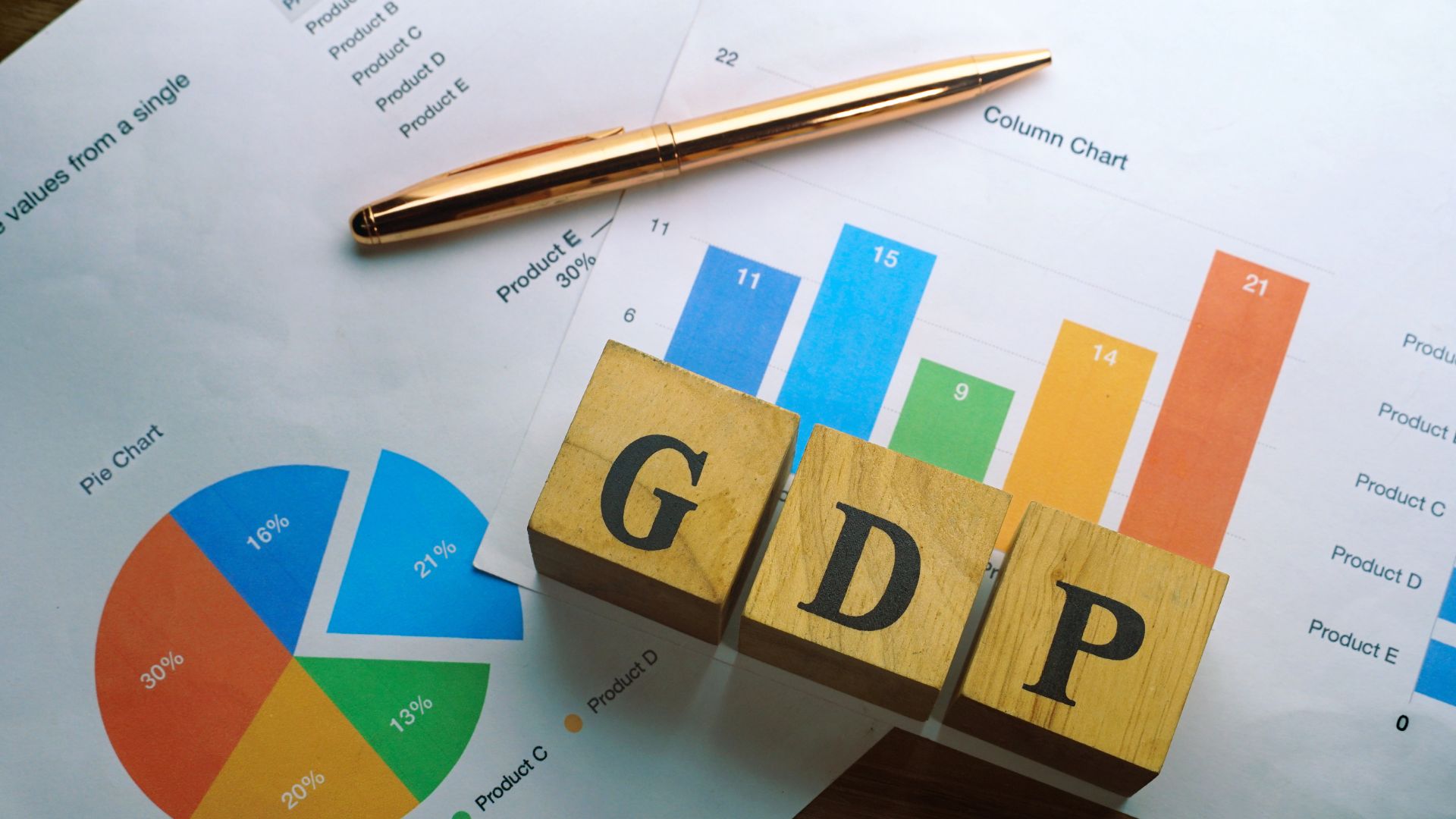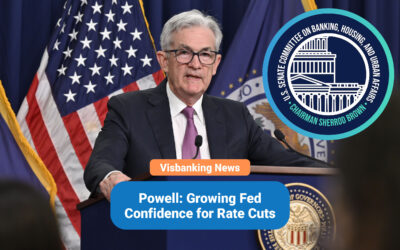By: Ken Chase.
Estimated reading time: 2 minutes
On Thursday, that Biden administration announced that U.S. gross domestic product (GDP) grew at an annualized rate of 2.6% in the third quarter of 2022. The Commerce Department released its advance third-quarter GDP report Thursday, suggesting that the economy experienced a rebound after two consecutive quarters of negative growth earlier in the year.
While administration officials were quick to point to the report as evidence that the economy remains in good health, some economists and media outlets have noted that the underlying numbers remain troubling.
According to the Bureau of Economic Analysis,
“The upturn in the third quarter, compared to the second quarter, primarily reflected a smaller decrease in private inventory investment, an upturn in government spending, and an acceleration in nonresidential fixed investment that were partly offset by a larger decrease in residential fixed investment and a deceleration in consumer spending. Imports turned down.”
The report contained a number of danger signs that could indicate further slowing in the months to come. Residential housing investment plummeted at an annualized rate of roughly 26% – likely due to the rapid increase in mortgage rates. Meanwhile, consumer spending’s slowing growth may be the most troubling sign of all. That spending is widely regarded as the true engine of the U.S. economy, so any further deterioration in its rate of growth would have a severe impact on future GDP.
Also noteworthy is the decline in the trade deficit, which was largely the result of slowing demand for imports and an increase in exports in the previous three months. According to reports, that declining trade gap increased total GDP growth by 2.77 percentage points, a four decade high.
Government spending helped to offset declines in the private sector, as additional defense spending and state worker compensation increases contributed to overall GDP growth. That spending had been in decline during the previous two quarters of negative growth.




